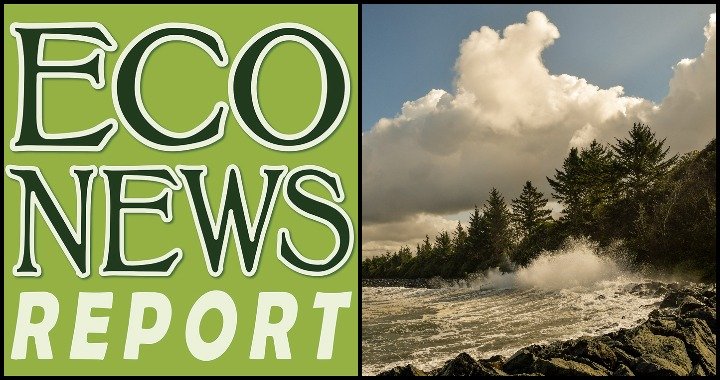
Storm waves at the base of the bluff at Buhne Point. Photo: Aldaron Laird.
One of the first nuclear power plants in the US was built on a bluff overlooking the Humboldt Bay entrance and the town of King Salmon. Shut down in 1976 and recently decommissioned, the site — located 115 feet away from the bay, on a bluff 44 feet above sea level — continues to serve as storage for 37 tons of spent fuel and other radioactive waste.
The underground casks are relatively safe for the next 50 years, but rising sea level and ongoing bluff erosion raise questions about long-term safety in the absence of a federal repository.
Our guests this week are Michael Welch, an activist who has watchdogged the nuclear plant since it was still operating, and Dr. Jennifer Marlow of Humboldt State University, who is working to facilitate inclusive community conversations about the future of the nuclear waste site.
REQUIRED READING:
- 44 Feet: Sea-Level Rise Risk to a Spent Nuclear Fuel Site on Humboldt Bay
- “Humboldt Bay Radioactivists,” J.A. Savage, North Coast Journal.
- “PG&E completes decommissioning process, ends nuclear facility license,” Isabella Vanderheiden, Eureka Times-Standard.
CLICK TO MANAGE